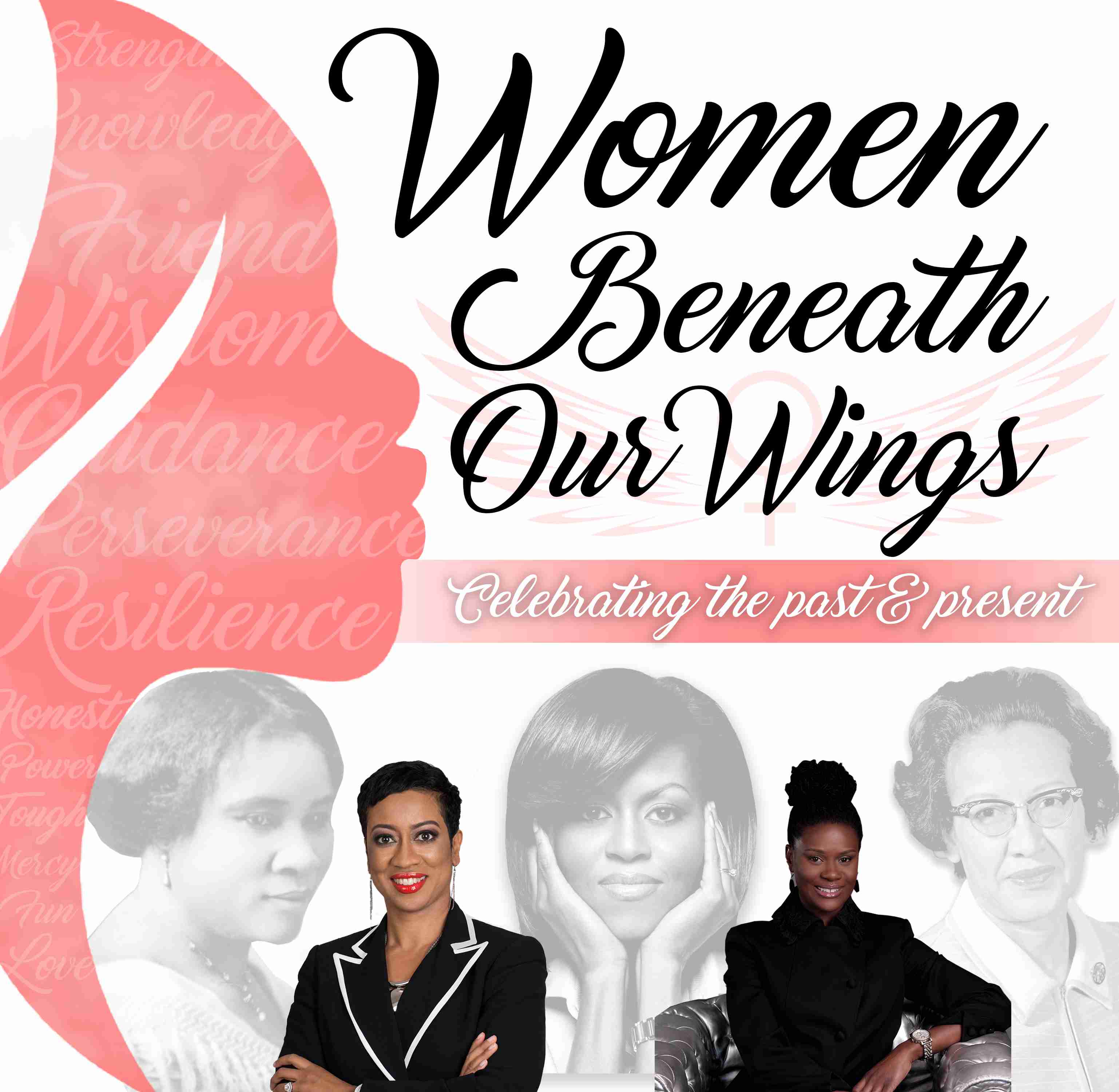Left to Right: Harriett Tubman, Gwen Ifill, Jurnee Smollett, and Issa Rae
Staff Report
Courtesy of the National Women’s History Project
Every March, the contributions of women and girls throughout history are celebrated in the United States. However, women and girls have been making an impact on society and culture long before Women’s History Month was ever officially commemorated.
So why did the government finally decide to begin giving women and girls their due?
According to an article written by Molly Murphy MacGregor, Executive Director and Cofounder of the National Women’s History Project, Women’s History Month grew out of a weeklong celebration held in 1978 in Sonoma, California designed around International Women’s Day, first observed in 1911.
Read MacGregor’s article below entitled ‘Why March is Women’s History Month.” Please note it has been edited for brevity and clarity.
Why Is March Women’s History Month By MOLLY MURPHY MACGREGOR
LOCAL CELEBRATIONS
As recently as the 1970’s, women’s history was virtually an unknown topic in the K-12 curriculum or in general public consciousness. To address this situation, the Education Task Force of the Sonoma County (California) Commission on the Status of Women initiated a “Women’s History Week” celebration for 1978.
The week of March 8, International Women’s Day, was chosen as the focal point of the observance. The local Women’s History Week activities were met with an enthusiastic response, and dozens of schools planned special programs for Women’s History Week.
Over one-hundred community women participated by doing special presentations in classrooms throughout the country and an annual “Real Woman” Essay Contest drew hundreds of entries. The finale for the week was a celebratory parade and program held in the center of downtown Santa Rosa, California.
MOBILIZING A MOVEMENT
In 1979, I was invited to participate in The Women’s History Institute at Sarah Lawrence College, chaired by noted historian Gerda Lerner and attended by national leaders of organizations for women and girls.
When the participants learned about the success of Sonoma County’s Women’s History Week celebration, they decided to initiate similar celebrations within their own organizations, communities and school districts. They also agreed to support an effort to secure a “National Women’s History Week.”
PRESIDENTIAL AND CONGRESSIONAL SUPPORT
The first steps toward success came in February 1980 when President Jimmy Carter issued the first Presidential Proclamation declaring the Week of March 8, 1980 as National Women’s History Week.
In his address about Women’s History Week to the American people, President Carter said:
“From the first settlers who came to our shores, from the first American Indian families who befriended them, men and women have worked together to build this nation. Too often the women were unsung and sometimes their contributions went unnoticed. But the achievements, leadership, courage, strength and love of the women who built America was as vital as that of the men whose names we know so well. As Dr. Gerda Lerner has noted, ‘Women’s History is Women’s Right.’ – It is an essential and indispensable heritage from which we can draw pride, comfort, courage and long-range vision.”
In the same year, Representative Barbara Mikulski and Senator Orrin Hatch co-sponsored a Congressional Resolution for National Women’s History Week in 1981. This co-sponsorship demonstrated the wide-ranging political support for recognizing, honoring and celebrating the achievements of American women.
A NATIONAL LOBBYING EFFORT
As word spread rapidly across the nation, state departments of education encouraged celebrations of National Women’s History Week as an effective means to achieving equity goals within classrooms.
Maryland, Pennsylvania, New York, Oregon, Alaska and other states developed and distributed curriculum materials for all of their public schools. Organizations sponsored essay contests and other special programs in their local areas.
Within a few years, thousands of schools and communities were celebrating National Women’s History Week, supported and encouraged by resolutions from governors, city councils, school boards and the U.S. Congress.
Each year, the dates of National Women’s History Week changed and every year a new lobbying effort was needed. Annually, a national effort that included thousands of individuals and hundreds of educational and women’s organizations was spearheaded by the National Women’s History Project.
NATIONAL WOMEN’S HISTORY MONTH
By 1986, 14 states had already declared March as Women’s History Month. This momentum and state-by-state action was used as the rational to lobby Congress to declare the entire month of March as National Women’s History Month.
In 1987, Congress declared March as National Women’s History Month. Today, the celebration permeates the nation. A special Presidential Proclamation is issued every year that honors the extraordinary achievements of American women.
















No Comment